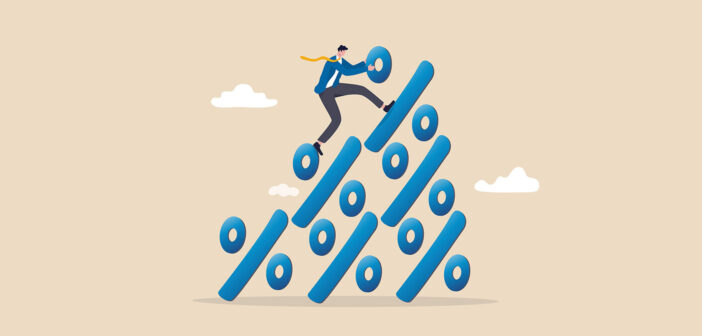In October, inflation was running at 6.2%, which is three times higher than its 25-year average. How does it get back to 2%, like it was pre-COVID?
Some will claim that the Federal Reserve just needs to raise interest rates. Unfortunately, this is not so easy. To “break the back” of the 1970s inflation, the Federal Reserve pushed the federal funds rate, the overnight interest rate the Federal Reserve targets, to nearly 20%. This pushed interest rates on things like mortgages to even higher rates, inducing a severe recession. The recession that lasted from July 1981 – November 1982 saw the unemployment rate peak at 10.8% nationwide and at 16.6% in Michigan. Will the Federal Reserve tolerate a similar recession to end the current bout of inflation right after the COVID-19 recession, which was the worst since the Great Depression and only a dozen years after the Great Recession, which at the time was the worst recession since the Great Depression? I doubt it.
The driver of inflation is the massive amount of government spending that has been financed by Federal Reserve money creation and low interest rates. The federal budget deficit was $3 trillion in 2020, meaning the Treasury Department had to sell $3 trillion in new securities to cover it. This is cheap and easy to do if interest rates are at record low levels and the Federal Reserve is aggressively buying securities on the open bond market. It is difficult, if not impossible to do if the Federal Reserve tapers its securities purchases and lets interest rates rise.
Interest on the national debt cost the federal government $345 billion in 2020. The Congressional Budget Office (CBO) projects this to rise to $664 billion by 2030, assuming the ten-year Treasury interest rate is 3.5%, which is low by historical standards. Just a 0.1 percentage point increase in the interest rate above the CBO’s projection would increase interest costs by $235 billion in 2030. A full percentage point increase in interest rates would make interest on the debt cost the government more than $1 trillion annually, more than defense, Social Security and Medicare. It would be the single largest component of the federal budget. Increasing interest rates to just 1990s levels, let alone what occurred in the early 1980s, would be financially catastrophic for the federal government. It would more than double the size of the entire federal budget, making it larger than all other components of federal spending combined. Compounding this problem is the $1 trillion or more annual deficits the CBO is forecasting through at least 2031 that the Treasury must finance.
Reducing inflation means reducing the size of the budget deficit, allowing rates to rise without bankrupting the government or making the Treasury Department unable to cover the annual deficit. With a $1 trillion infrastructure bill being signed into law imminently and a $3.5 trillion “Build Back Better” bill being debated, I expect higher inflation will be here to stay.














